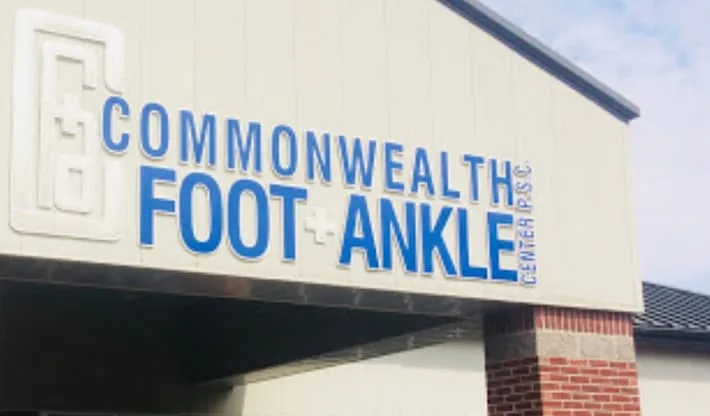Selecting the perfect pair of running shoes is crucial for any runner, whether you’re gearing up for a marathon, a trail run, or a 5K. The right shoes can make all the difference in your performance and overall foot health. We couldn’t move forward with our Race Season Ready Series without putting together a quick guide to helping you choose the best running shoes for different types of races.
At Beyond Podiatry, we’re here to provide you with care and guidance to ensure you’re race-ready and injury-free. Whether you’re gearing up for a marathon or a fun run, these tips will keep your feet happy and healthy. Contact us today if you would like one of our doctors to help you take your fitness goals to the next level! Not a patient of ours yet? You can reach us using the contact form below!
The Wet Test: Understanding your foot type
Before you start shopping, it’s essential to know your foot type. Are you an overpronator, underpronator, or do you have a neutral gait? Overpronation occurs when your foot rolls inward excessively upon landing, often associated with flat feet. This can lead to issues like shin splints and big toe injuries. Underpronation, or supination, is when your foot rolls outward, typically seen in folks with high arches. This can cause heel pain, plantar fasciitis and ankle instability. To determine your foot type, you can perform a simple “Wet Test.” Wet your feet and step onto a piece of cardboard or paper. If your footprint shows most of your foot, you likely overpronate. If it shows only the heel and ball of your foot with a thin line on the outside, you likely underpronate. Understanding your foot mechanics will help you select shoes that provide the right support and cushioning.
Consider the Race Terrain
Different races require different types of shoes. For road races, look for lightweight, cushioned shoes that offer good shock absorption. Trail races demand shoes with rugged outsoles for better grip and stability on uneven terrain. Track races might benefit from racing flats designed for speed.
Prioritize Comfort
Comfort is crucial when selecting running shoes, as it significantly impacts both performance and injury prevention. Properly fitting shoes can prevent blisters, calluses, and other foot injuries. Ensure there’s enough room in the toe box to wiggle your toes, and the heel should fit snugly without slipping. Adequate cushioning helps absorb shock, reducing the impact on your joints, while proper arch support can prevent issues like plantar fasciitis. Breathable materials keep your feet dry and comfortable, reducing the risk of fungal infections. Shoes that flex with your foot’s natural movement can enhance your running efficiency and comfort.
The “no pain, no gain” mentality can be harmful, especially when it comes to running shoes. Pain is your body’s way of signaling that something is wrong, and ignoring it can lead to serious injuries. Running in uncomfortable shoes can cause long-term damage to your feet, knees, and hips. Discomfort can also affect your running form and efficiency, leading to decreased performance and increased risk of injury. Comfortable shoes make your runs more pleasant, boosting your motivation and mental well-being.
Always try on shoes with the socks you plan to wear during your runs and take them for a test jog if possible. Choose shoes that match your running style, and remember to replace worn-out shoes every 300-500 miles to ensure optimal comfort and performance.
Seek professional advice
Visiting a specialized running store can be a game-changer when it comes to finding the perfect pair of running shoes. During a visit, the staff will typically start with a gait analysis where they watch you walk or run to understand your foot strike, ankle movement and overall running form. This helps them identify any specific needs, such as shoes for overpronation or supination. They will also measure your feet, including length, width and arch height, to ensure you get the right size. Proper sizing is crucial for comfort and injury prevention – but also frequently overlooked! The staff will recommend several shoe options that match your needs, explaining the features of each shoe and how they can benefit your running style. Most running stores will allow you to take the shoes for a test run, either on a treadmill or around the store, to ensure they are comfortable. Additionally, the staff can provide advice on the best socks to wear, how to properly lace your shoes, and when to replace them. Visiting a specialty store ensures you get personalized recommendations that can make a significant difference in your overall running experience!








